Visualising Food Network through the Migration of Pizza
One feature of food in a globalised context is that it’s subject to a transnational framework. Pizza in Germany is not the same as pizza in Italy, or a pizza 500 years ago. Ethnic food inevitably faces challenges to adopt local foodstuffs to the presentation of ethnic identity, which on the other hand, gives a chance to integrate its traits to a new environment and introduce a rather familiar eating language to its eaters. Ethnic eating environment thus becomes an interface that tells eaters to its ethnic story.
In the study of food communication, to investigate how ethnic food transforms in transnational structures, Yen started a project to remake pizzas in the world. As the international food as pizza which has been popularised globally, it has integrated into the regional diets and become one of the daily food choices for billions of population. Pizzas in different cultures have developed their own characteristics illustrating the intercultural influences. The imagination of the pizzas motivates people to do plentiful experiments and recreate this exotic delicacy with their local ingredients.
Yen recreated 10 pizzas from different regions: Romania, Hungary, Ukraine, Germany, Lebanon, Nepal, Bolivia, Taiwan, China and Hong Kong, based on interviewees‘ descriptions of their home pizzas and the pizzas they have experienced during travelling. These pizzas were then documented with photography. The pizzas which follow the Italian recipes and the similar variants from the local cuisines were excluded from this experiment.
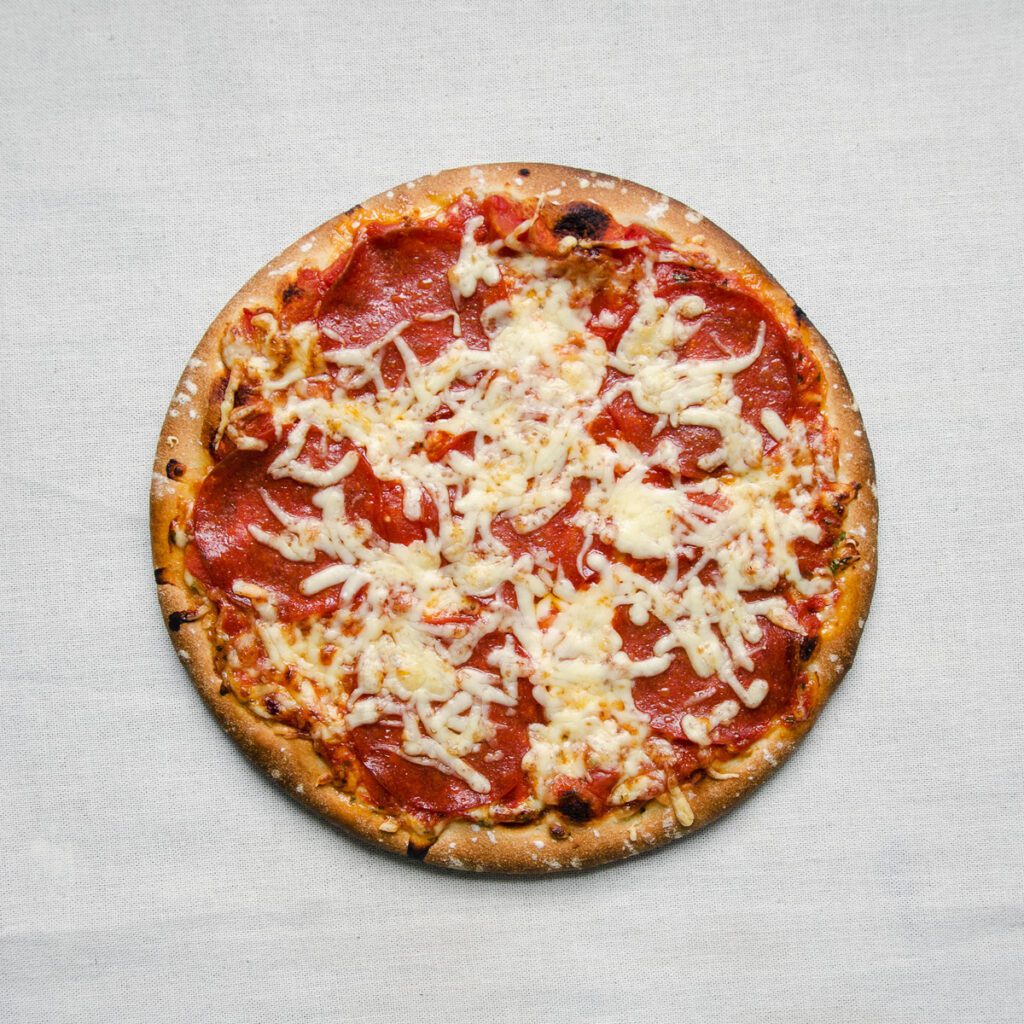
In Romania, we have similar pizzas as in Italy. However, we put more things on the pizza. More tomato sauce, more cheese, more of everything.
Simona Mihăilă. Romania.
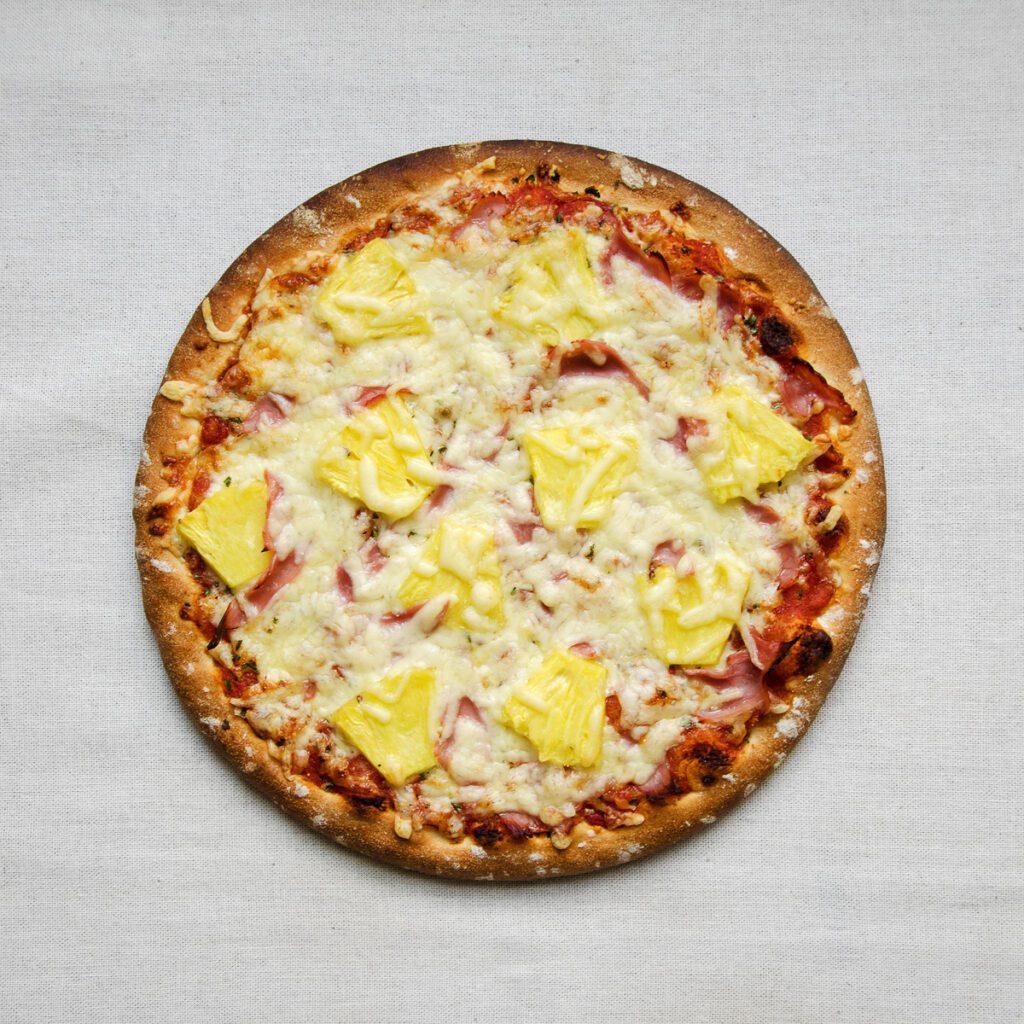
Our pizza has thick dough following the style of American pizza. Sometimes instead of tomato sauce, we use ketchup as the base. The common ingredients for pizza are sausage, onion, ham, pineapple, bacon and cheap cheese.
Luca Tóth. Hungary.
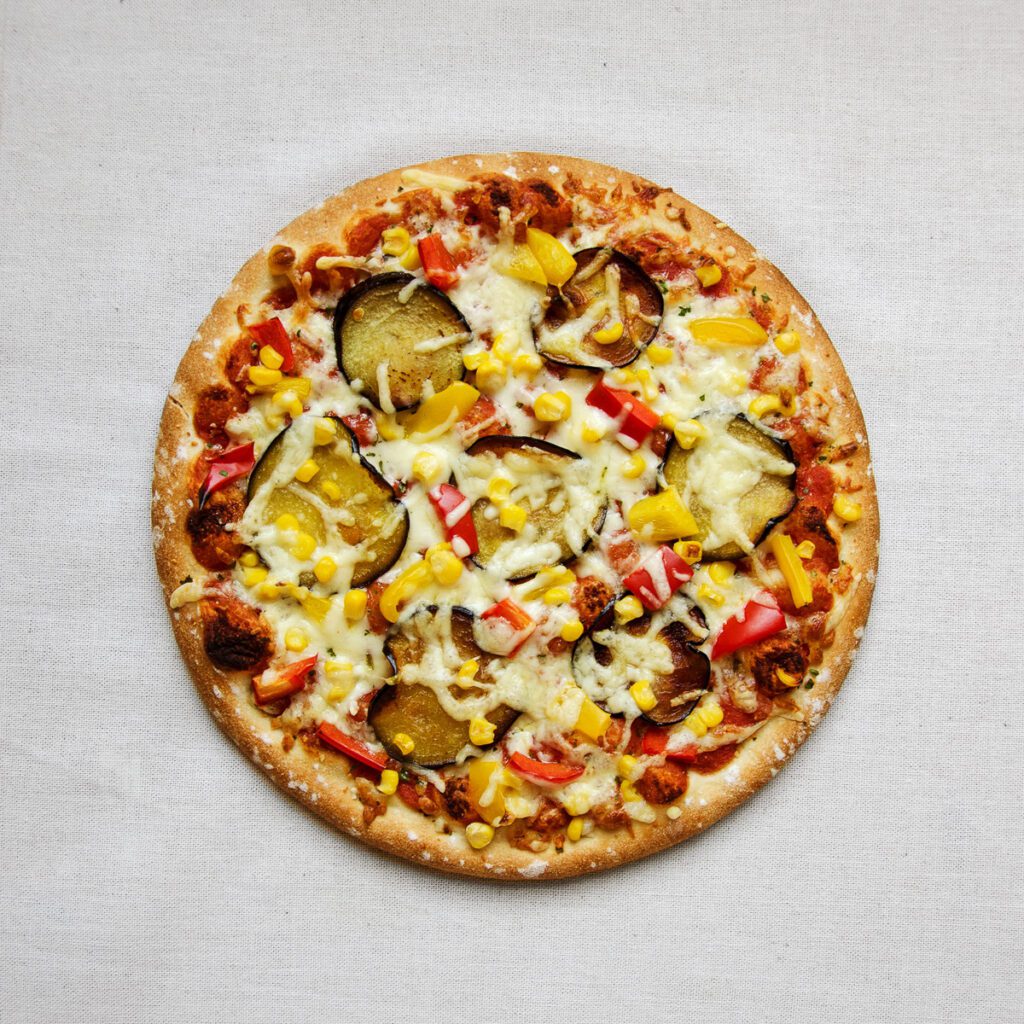
Our pizza is similar to Italian pizza. We use ingredients like paprika, corn and aubergine on the vegetarian pizza.
Lesia Nahorniak. Ukraine.
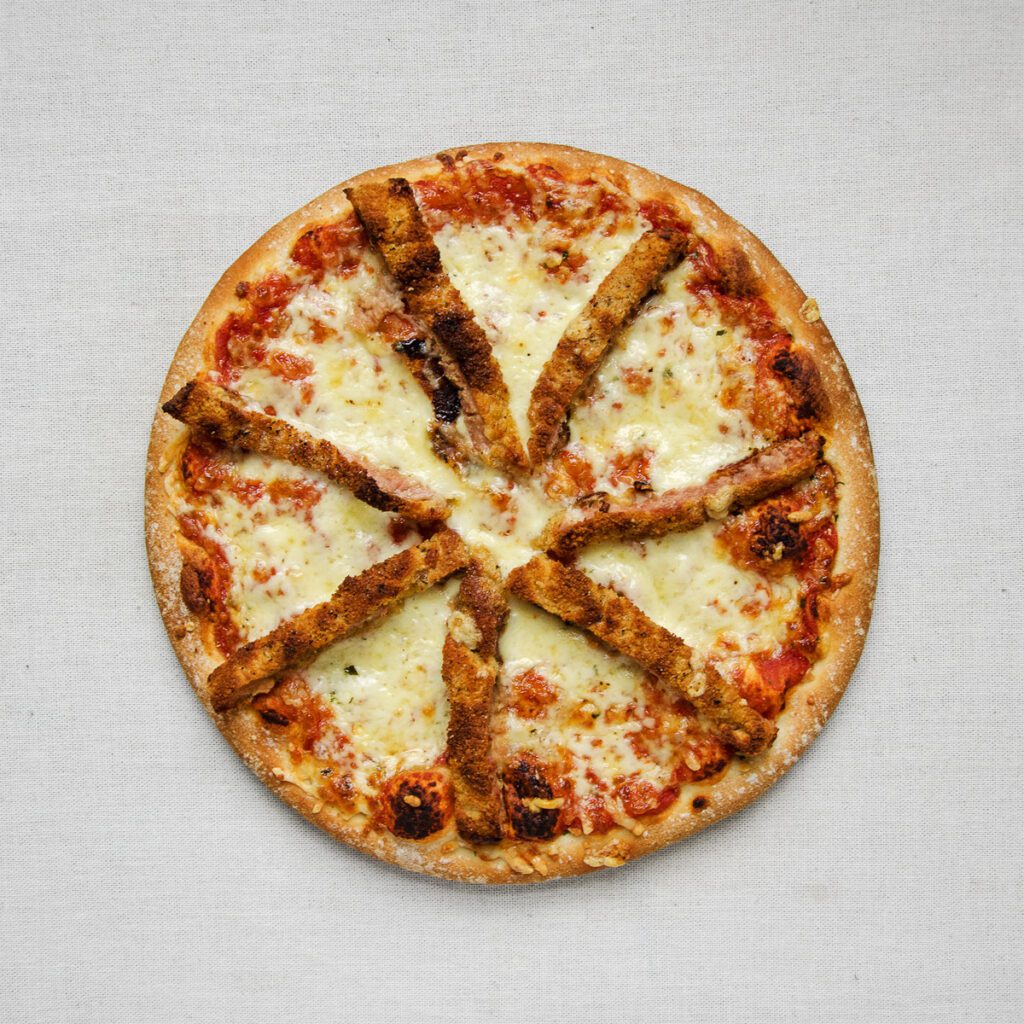
When my family visited a pizzeria in Italy, my little brother ordered a ‘Schnitzel Pizza’ which was his favourite pizza back home, that terrified the waiter.
Dominik Hezinger. Germany.
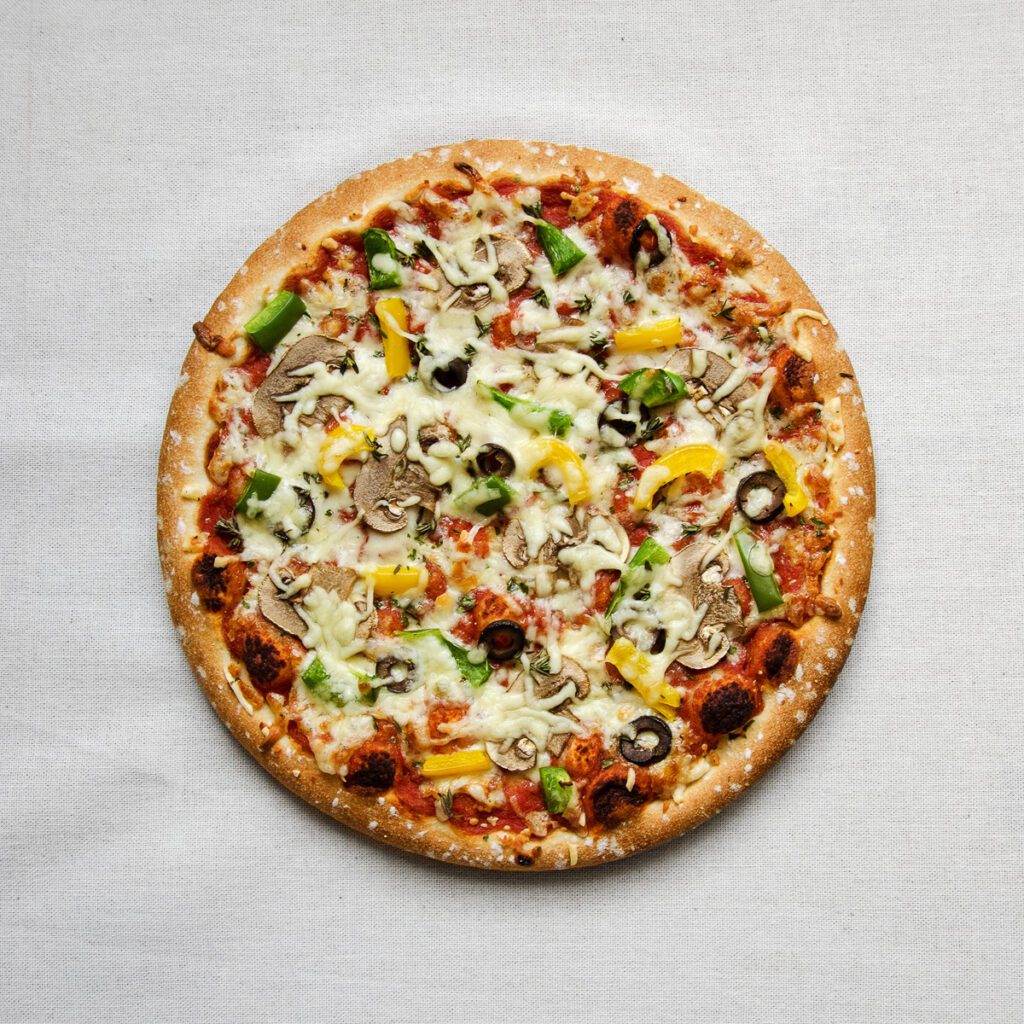
We don’t have special Lebanese pizzas. We have a pastry ‘manakish’ that foreigners think is Lebanese pizza, but it’s not. I guess the ‘Lebanese version’ of a pizza is tomato sauce, bell peppers, olives, mushrooms and cheese. Most common is putting thyme instead of oregano on top.
Ziad Bou Assi. Lebanon.
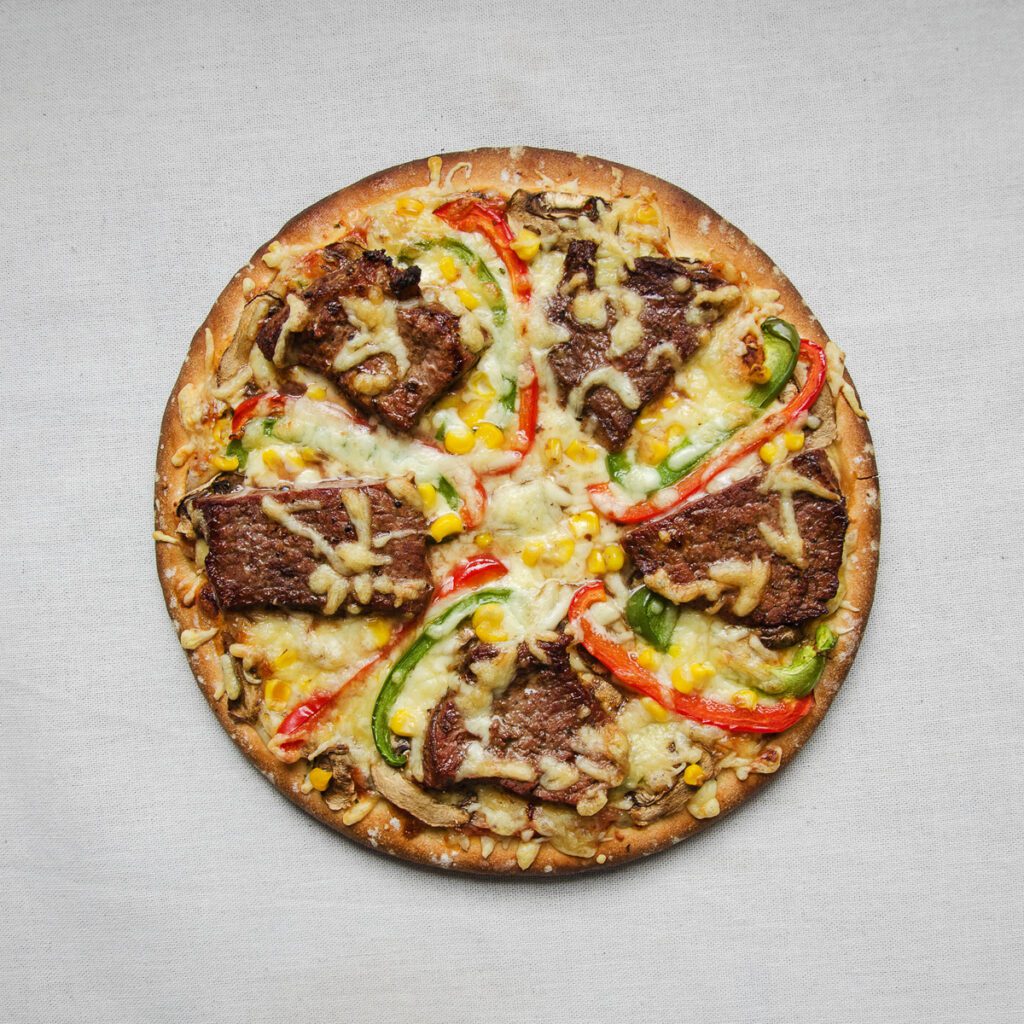
I used to eat pizzas from a chain pizzeria ‘Babeila’ in Shanghai. It’s cheaper than Pizza Hut. But it’s only fast food, you cannot compare with real pizzas.
Xiao Fei Wang. China.
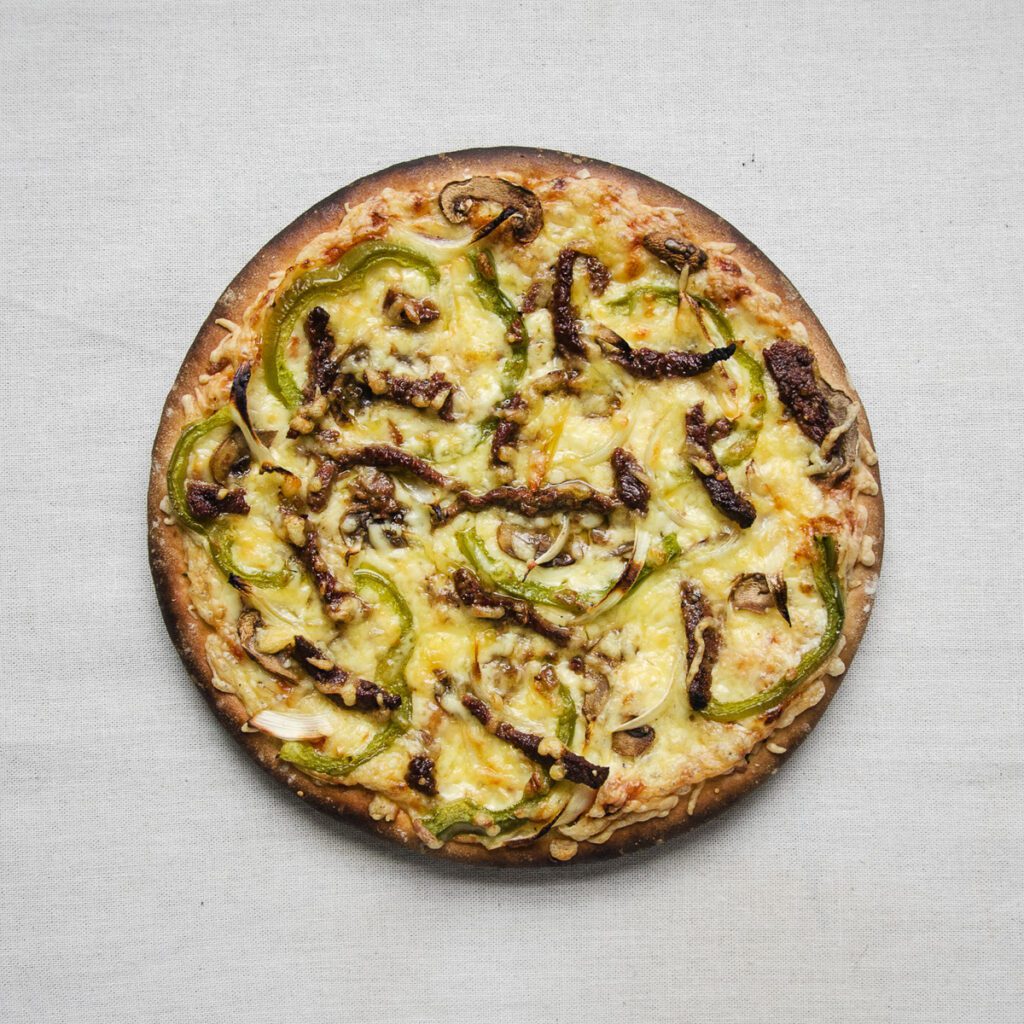
I think Taiwanese people embrace new food. Food is just so important in their daily life that they celebrate with food, comfort themselves with food, honour their gods with food, and even mourn with food. Taiwan is also an immigrant land that you can see different cultures meet and integrate here. Like the pizza, they combine their traditional dish with it. Creating new food is in their nature.
Yen Ju Chen. Taiwan.
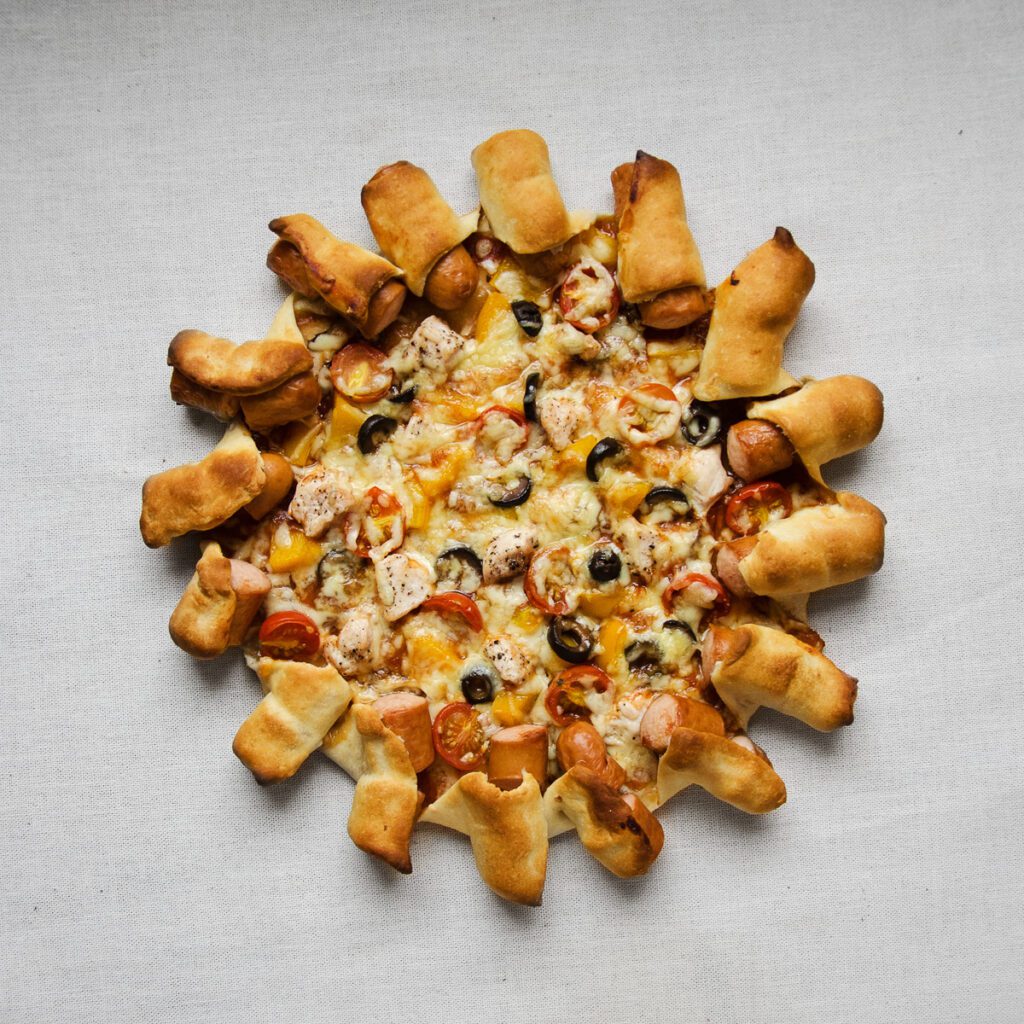
There are basically 2 types of pizza. When I grew older, I am more willing to pay for authentic Italian or American pizzas. These pizzas are usually topped with common and simple ingredients such as Parma ham and Rucola. If I meet with friends or ask for home delivery, Pizza Hut is the first choice. They offer flavours that have been adjusted to fit the taste of Hong Kong people, things like seafood with thousand island dressing, Hawaiian, or stuffed crust. New flavours are introduced by season.
Louise Chih Yan Yau. Hong Kong.
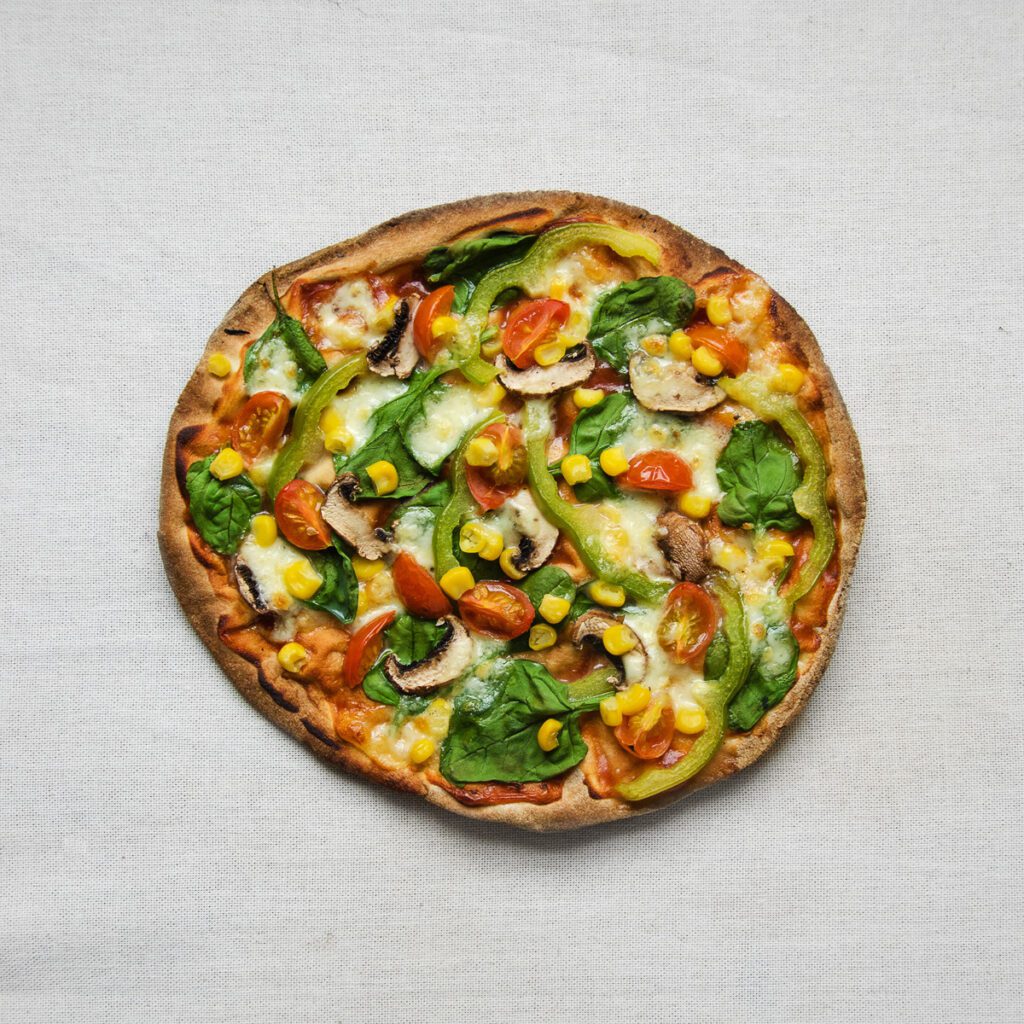
I remember the situation when we were in the mountain area in Nepal. There were places offering pizzas to the hikers. I said to myself: ‘I will give it a try to see how it tastes’. I think they didn’t really know how a proper pizza should be made, out of which ingredients. They had this Nepalese bread and put tomato ketchup, cheese and some vegetables on it. Ketchup is a no-go for a pizza. From things like that, you see the cultural mix. It’s really fun.
Jonas Bonas. Pizza in Nepal.
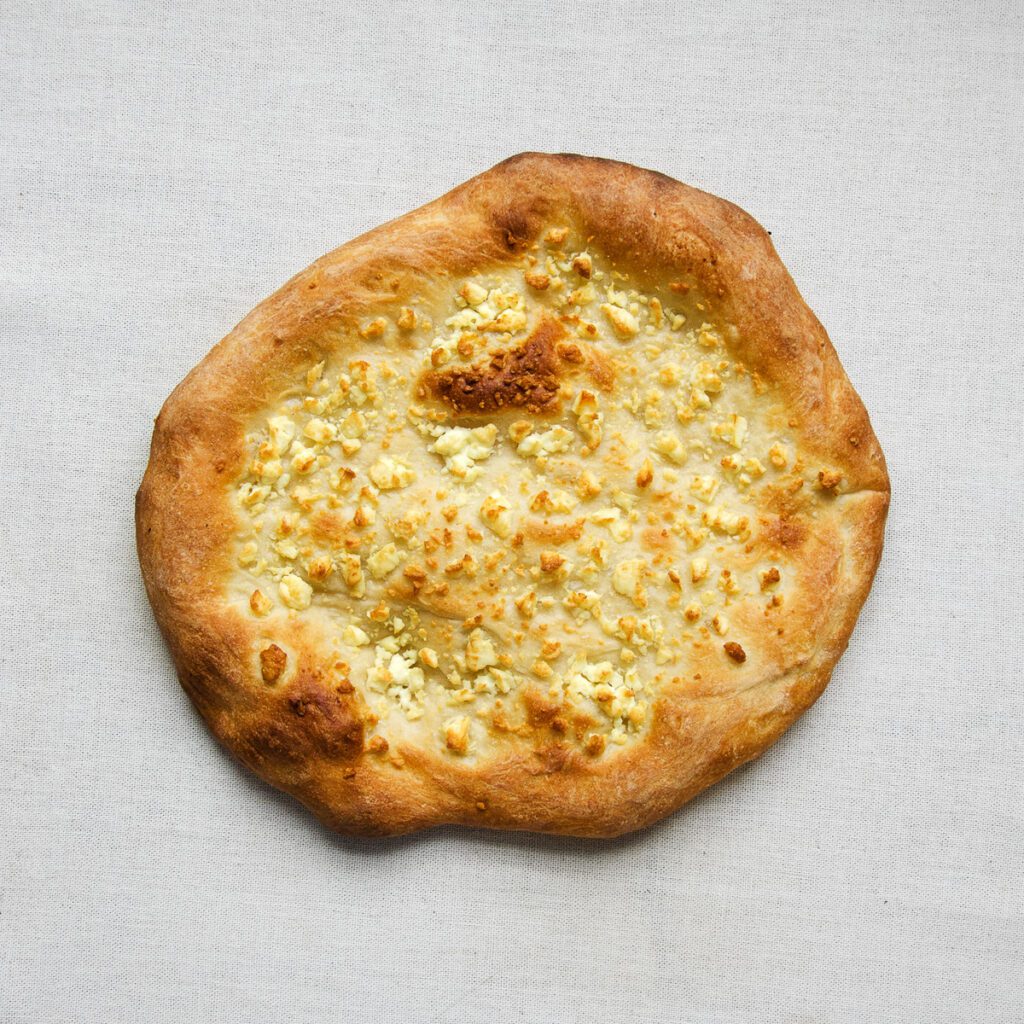
You can find pizza everywhere, even in Bolivia. In Bolivia, they just don’t know how to make the bread, it’s super thick. And they put a lot of cheese on it, not yellow cheese but fresh cheese, it’s feta they put on the pizza. It’s something else, it’s salty. And they don’t put tomato sauce on pizza, so basically bread with fresh cheese. Nothing else.
Helene Niederfeilner. Pizza in Bolivia.
Food Migration Reveals Social Structures and Cultures in Transnational Frameworks
The remaking of pizzas provides insights to look into social structures and cultures in transnational frameworks.
1/
Pizzas from the regions which are geographically closer to Italy display similar features as Italian pizzas, such as Romania, Hungary and Ukraine. Nevertheless, the makings of pizzas are adjusted to fit the preferences of the locals.
2/
More distinct features are shown following the physical distance. The pizzas from East Asia have developed into different looks and tastes, suggesting that the room for recreation is bigger in these regions.
3/
Some styles of pizzas are based on the imagination of pizza which consists of flatbread and cheese. Pizzas from regions like Germany, Taiwan, Nepal and Bolivia have adopted local ingredients to a great extent and combined the features of the regional cuisines.
4/
The use of ingredients conveys information about the regional culture. For instance, Lebanese pizza suggests the rich source of vegetables in Lebanon. Furthermore, the diet may obey the local religious rules of eating no meat.
5/
Creativity is accepted and expected by the locals in the recreation of ethnic food. The most obvious case is the pizza from Hong Kong.
6/
The correlation of naming and toppings of pizzas in East Asia (China, Taiwan, Hong Kong) shows the locals’ imagination and perception of foreign cultures. For instance, “Pizza American-style” consists of big chunks of beef steak, “Pizza Japanese-style” combines takoyaki (a classical Japanese dish) with flatbread and a massive amount of cheese, “Pizza Mexican-style” featuring the spiciness implies the locals‘ impression of the spicy Mexican cuisine, and “Pizza German-style” is topped with Vienna sausages. Pizza is an integrated production of multiple cultures.
7/
Even most of the traditional Italian features are replaced, and the Italians might refuse to call them pizzas, pizza is still considered as pizza by the locals as long as certain features (cheese on bread) of the original remain. From an outsider’s viewpoint, the alternation appears to be strange because it contradicts to their conceptions of how a pizza should be.
View the full report: Interdisciplinary Exploration from Network Theory to Food Migration